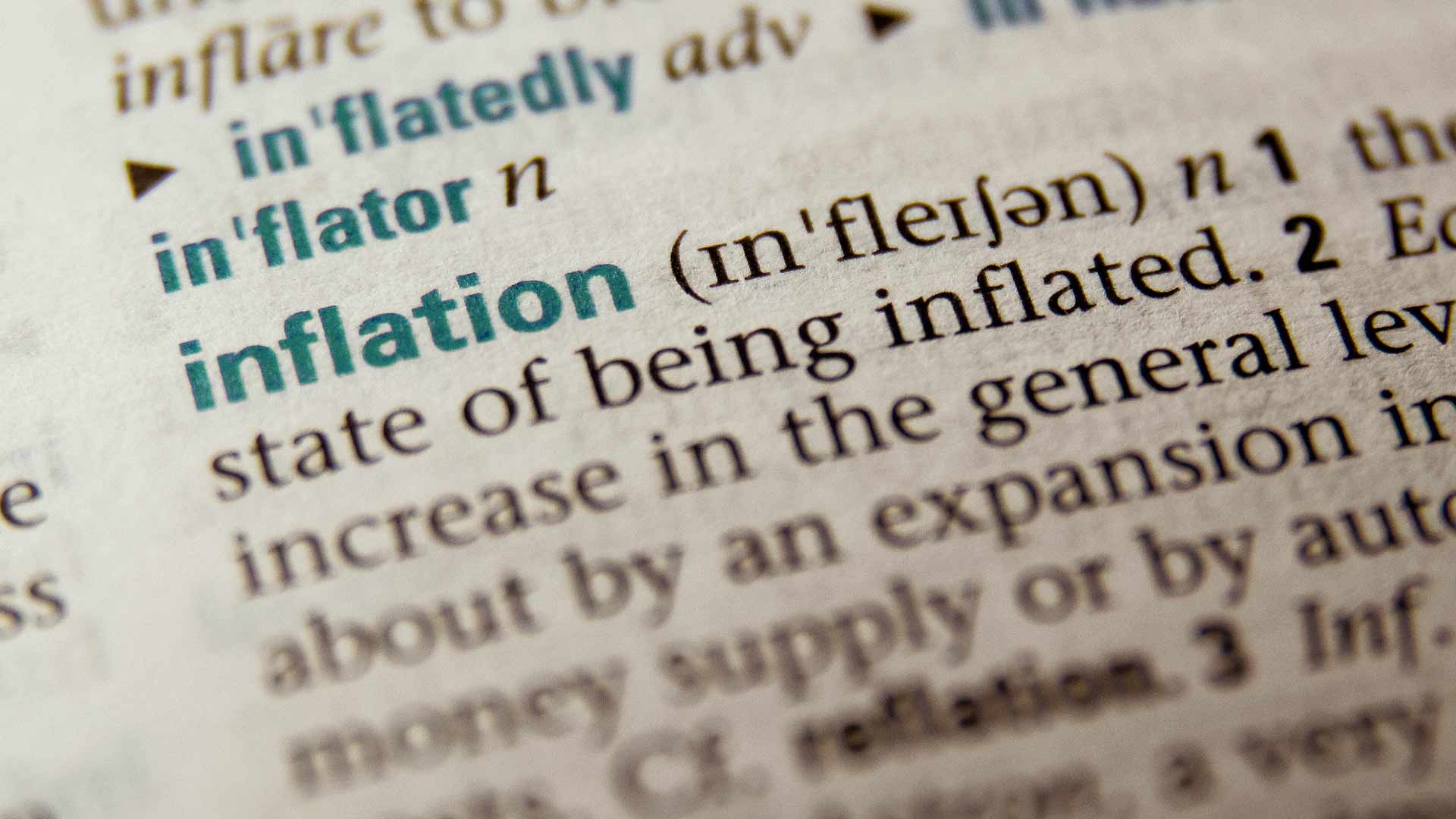Interest rates in South Africa dropped to record lows in July 2020, when the South African Reserve Bank (SARB) reduced the repo rate to 3.5% – the lowest in history. This economic relief at the height of the Covid lockdown was short-lived, however, and interest rates have been rising regularly since November 2020. In March 2023, SARB increased the repo rate to 7.75%, with more hikes still possible.
The repo rate increases are SARB’s attempt to curb rising inflation, caused in part by rising fuel prices and international supply-chain disruptions. Inflation has already increased the basic cost of living, so the interest rate hikes mean that many South Africans are now spending more to pay off their debt on top of their other increased expenses. It’s a difficult situation to be in.
Ignoring this difficulty won’t make it go away, however, so it’s a better money choice to understand how interest rate hikes affect your monthly expenses and take steps to reduce their impact. To keep your financial goals on track, try these tips...
Stay invested when interest rates rise, so you can reap the rewards in any investments that have a variable interest rate
6 tips to help you cope with interest rates increases
- Even a small change in interest rates can have a big impact, especially on any debt over a longer term, like a vehicle or home loan. If you’re applying for credit when interest rates are high, talk to a financial adviser about the probability of rates rising, falling or staying the same over the foreseeable future. Also seek their expertise when deciding if the interest rate you’re being offered is reasonable and will remain affordable if the repo rate keeps rising.
- Another strategy might be to choose a fixed rather than a variable interest rate on loan agreements that offer you this option – again, vehicle and home loans are good examples – so that the amount you pay every month stays the same for a fixed period. But note that a fixed rate could be significantly higher than the variable rate, so this is another area in which to take expert advice. If your financial adviser believes inflation and repo rate hikes will continue, you might decide that, in time, the variable rate will rise higher than the fixed rate you’re being offered. If you expect the repo rate to keep rising sharply, a fixed rate could help you navigate the economic storms by enabling you to budget with 100% accuracy.
- Loan consolidation may be a way to lower the cost of your debt – by taking out one personal loan to pay off all your other loans in full, you will have only one loan repayment to make every month. You can reduce that single monthly payment even more if you pay back the consolidation loan over a longer term. Alternatively, if your consolidation loan is over the same term but at a lower interest rate than the average interest you were paying across all the loans you consolidated, this strategy will help you pay less interest overall.
- Whenever you can afford to pay more than the minimum amount owed on any debt, it’s a good idea to do so. This reduces your capital balance owed faster, and therefore the amount of interest that you pay. This strategy works best if you can pay a bit extra every month, but that isn’t always possible when money’s tight in an inflationary economy. However, even a lump-sum payment whenever you get an annual bonus or an unexpected windfall, will reduce your total interest payments.
- Monitor your credit score on the Nedbank Money app, and take whatever steps are necessary to maintain a good credit record. Financial services providers will only grant you a loan if your credit record shows that you’re a responsible borrower, and the higher your credit score, the lower your interest rate is likely to be. These factors become even more important if you’re applying for credit in a time of high interest rates.
- Don’t cash in your investments. A rise in the repo rate doesn’t increase interest rates only on debt – the same applies to investments. For those who have an investment portfolio, this is the one silver lining of repo rate hikes. Therefore, it’s a better strategy to stay invested when interest rates rise, so you can reap the rewards in any investments that have a variable interest rate. If you need extra cash flow to afford rising debt costs, explore every other possible resource before you cash in investments and lose out on any further long-term growth.
This article is for general information only and does not constitute financial advice under the FAIS Act. Nedbank accepts no liability for any loss arising from reliance on this content. Please consult a qualified advisor before making financial decisions.








